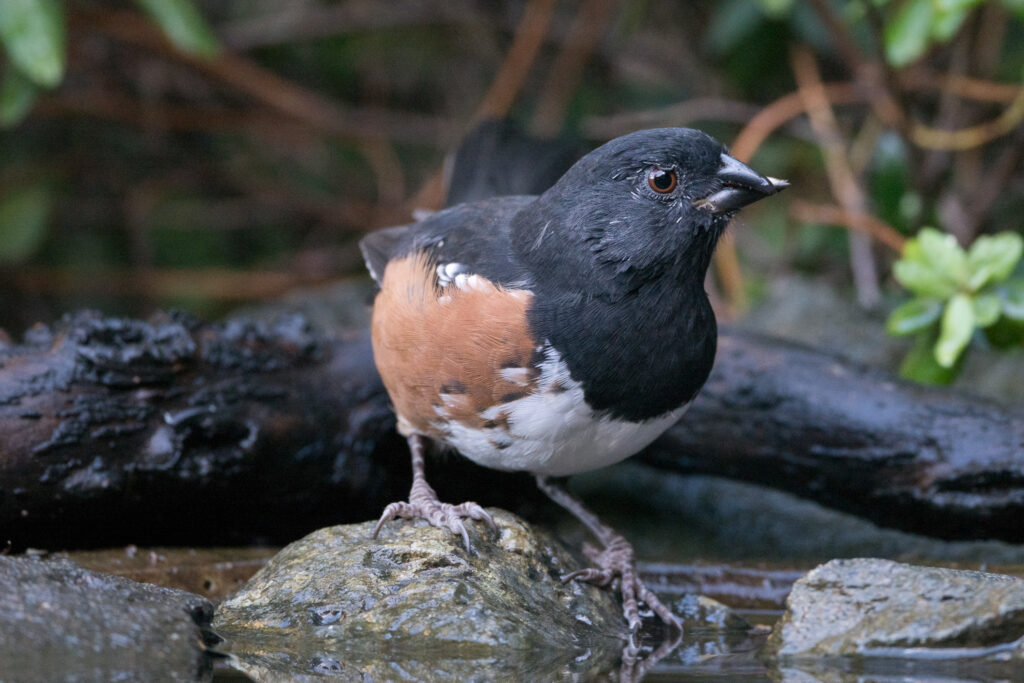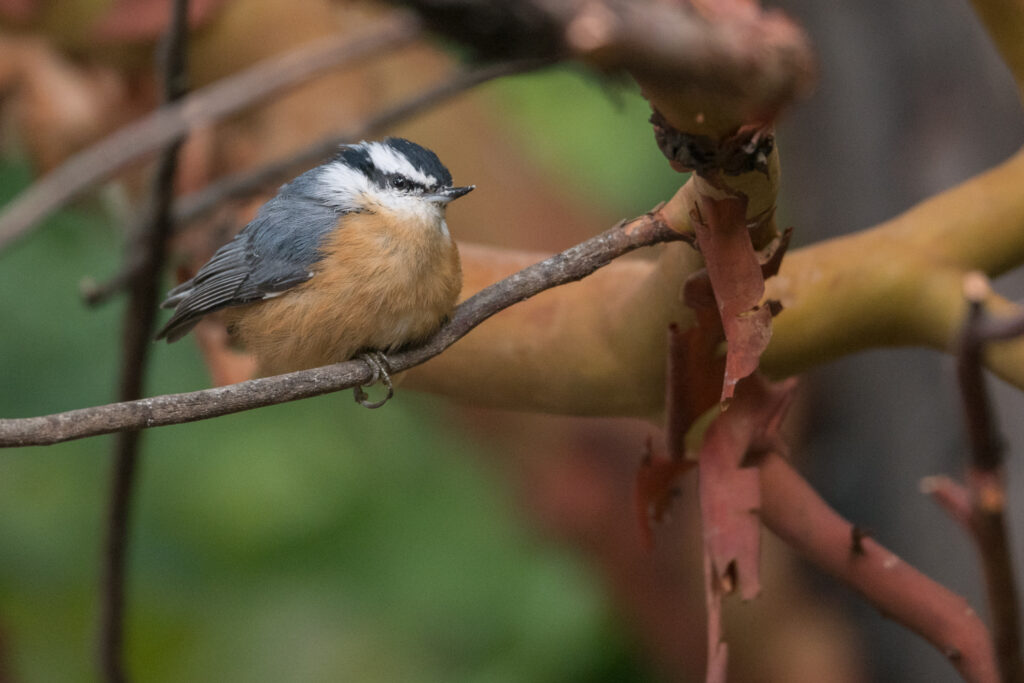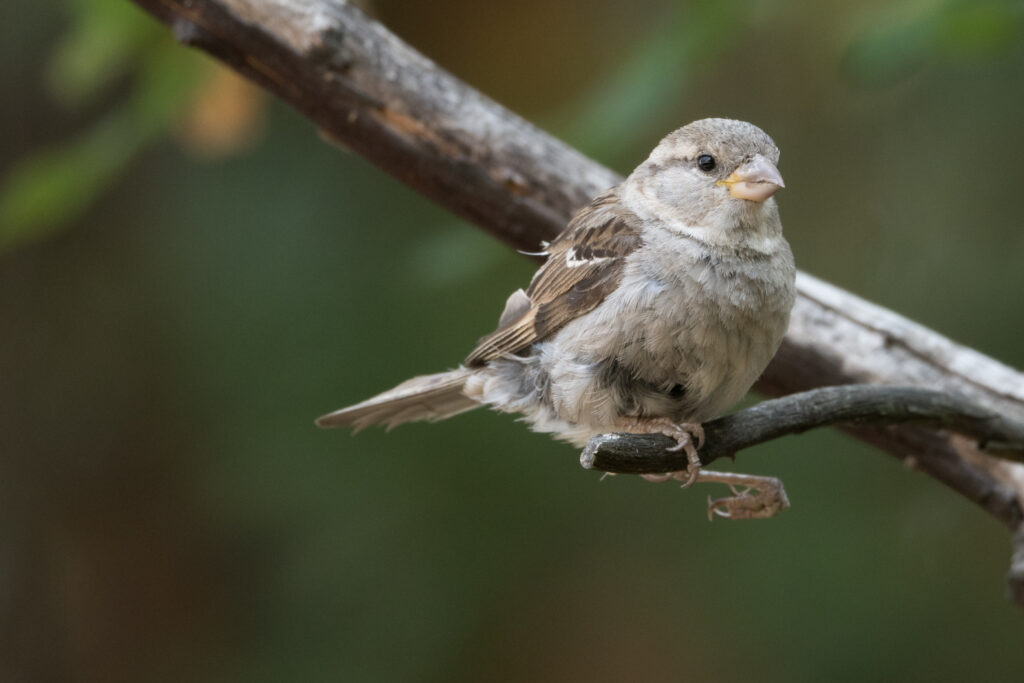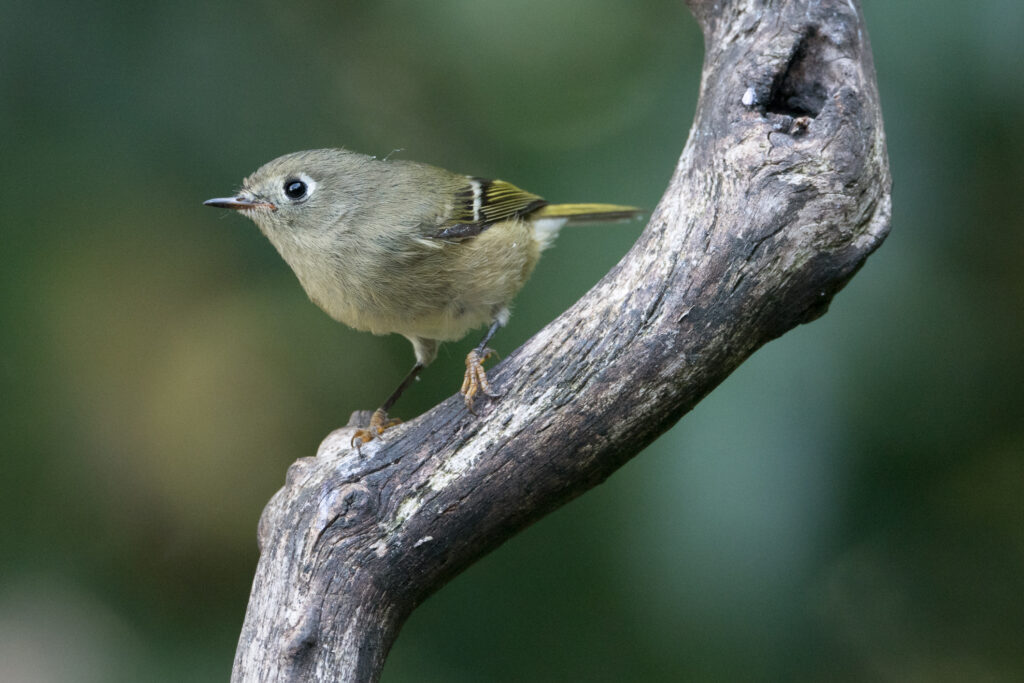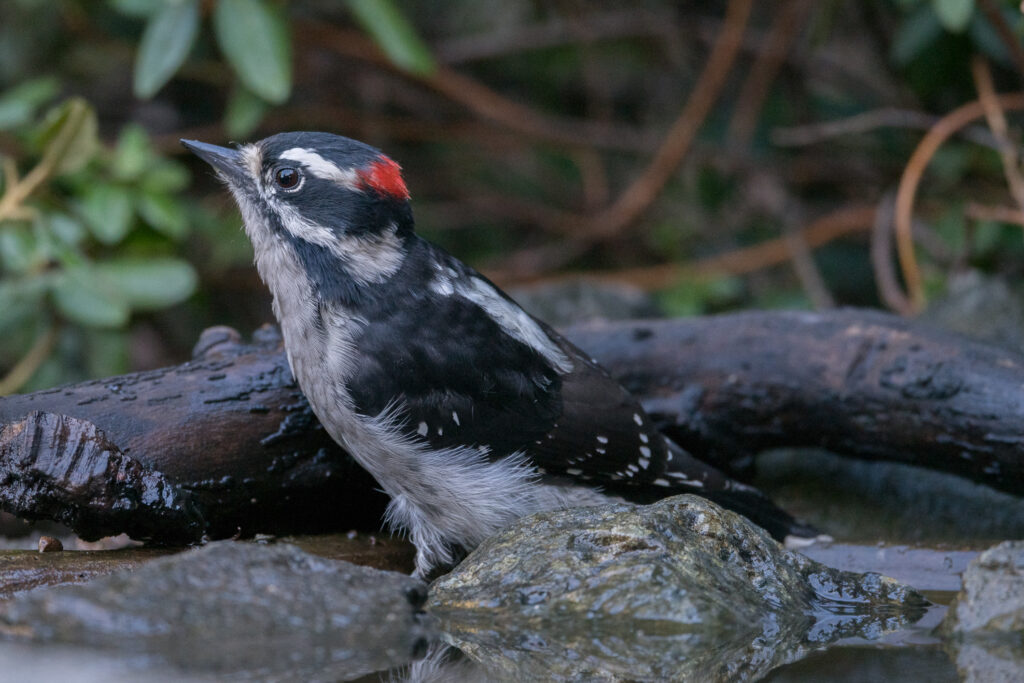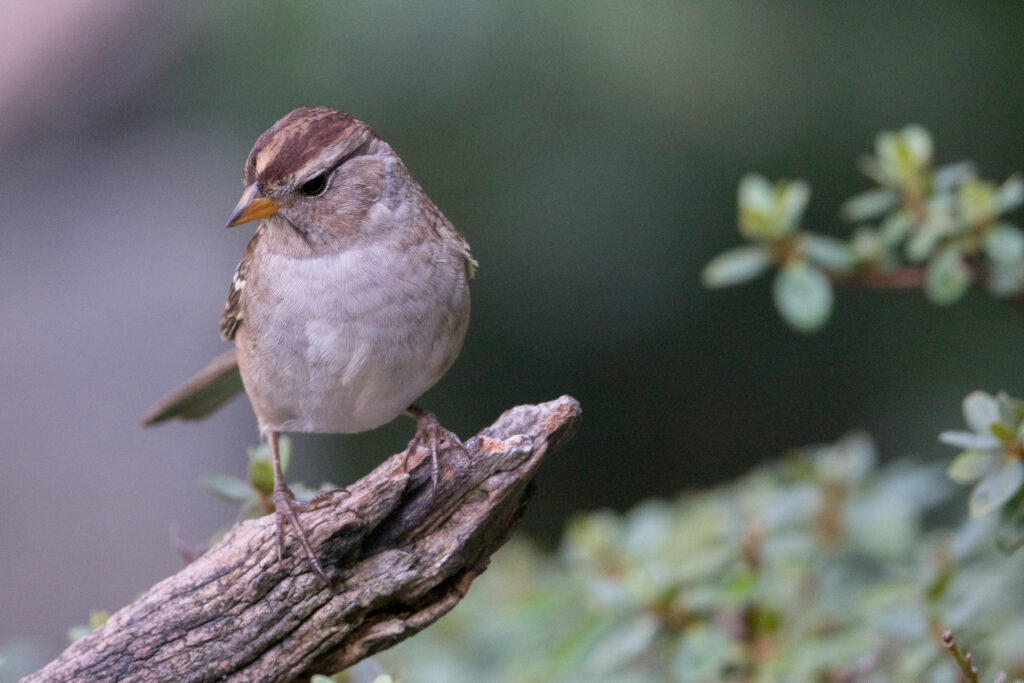On the morning of 9/17/2023 I glanced out the window while performing kitchen chores and saw a bird I didn’t recognize hanging from the bottom of our inverted suet feeder. I was looking east and the bird was backlit but it appeared to have a substantial amount of white plumage. I reached for my binoculars to get a better view and realized it was a White-breasted nuthatch, a bird I had never seen in Skagit County in my 22 years of living here! (The bird can be found in eastern Washington, east of the Cascades.) I grabbed my camera and managed to obtain only a few photos before the bird flew high into a tree to the east of us. I spent a good portion of the morning hoping the bird would return so I could get better photos of it, but it was not to be.
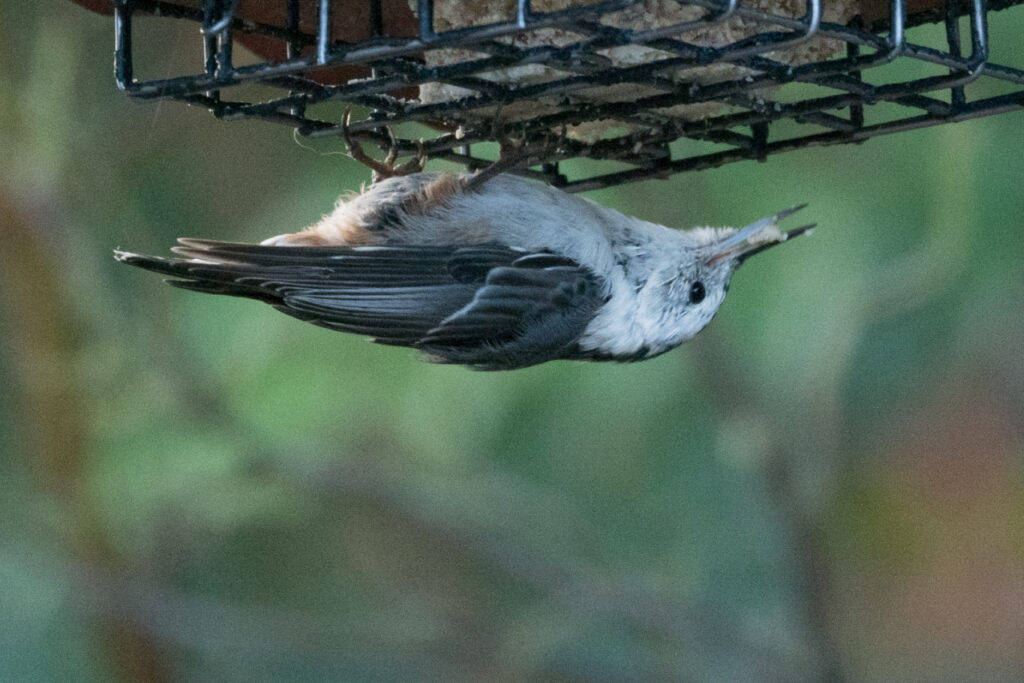
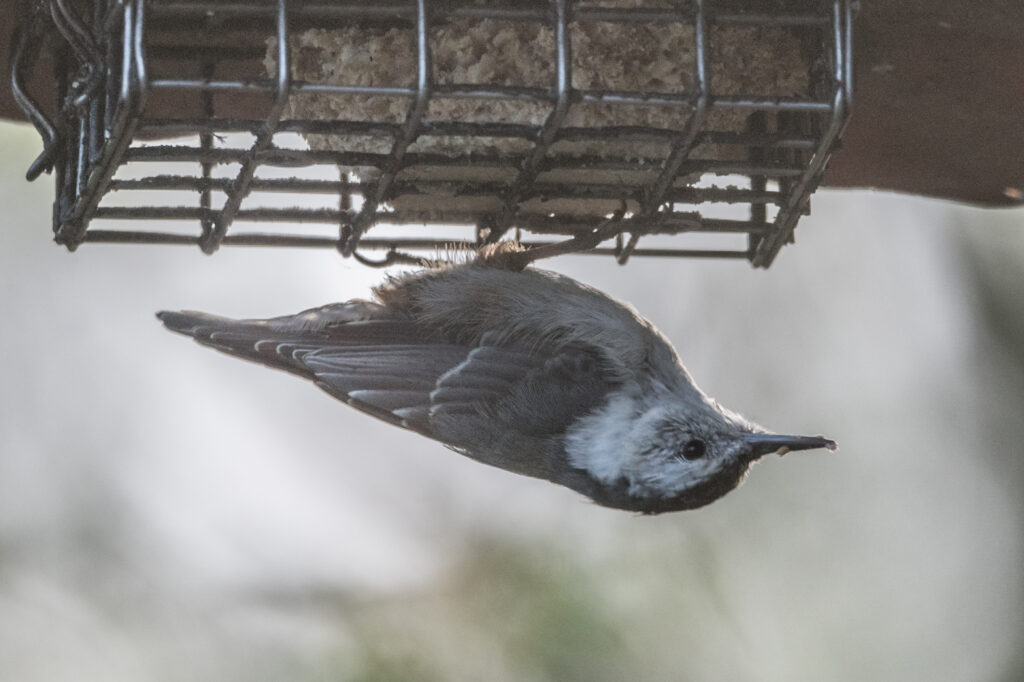
Not too much later I saw a sparrow in the yard that seemed different than the 12-15 House sparrows flying around the yard. I turned my attention to it and realized it was a White-throated sparrow, a real rarity in the yard until the one we had intermittently last winter. It never approached close enough for me to get a good photo but made several appearances during the morning.
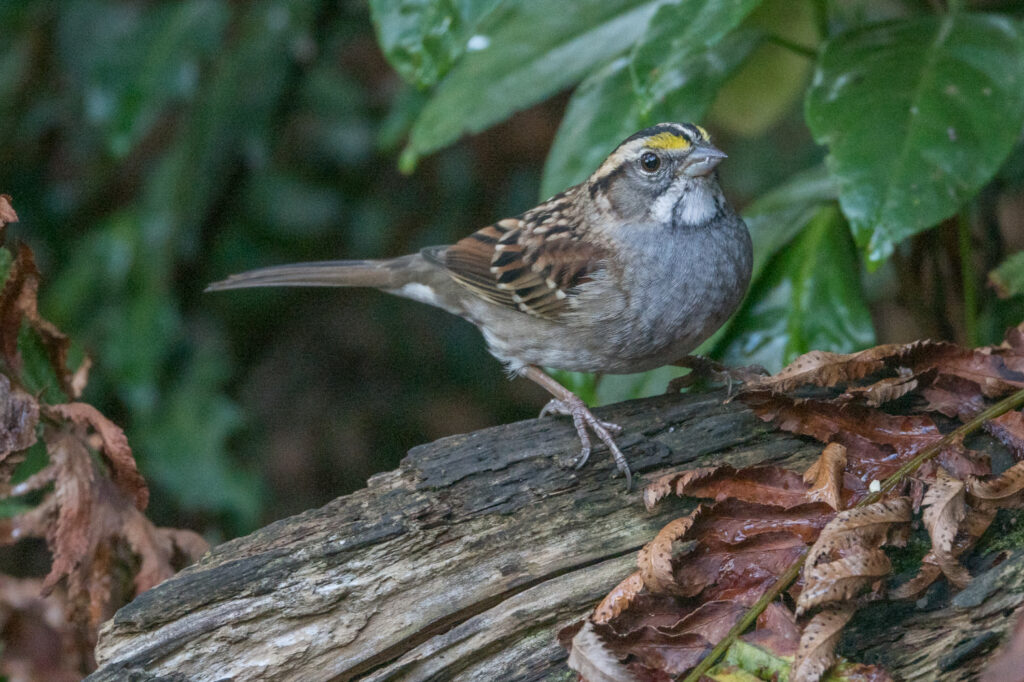
Not too much later I photographed a Golden-crowned sparrow at a nearby water feature, our first fall arrival of the species. That evening, while processing photos, I realized there had been at least two in the yard. (Note the differences in the photos,)
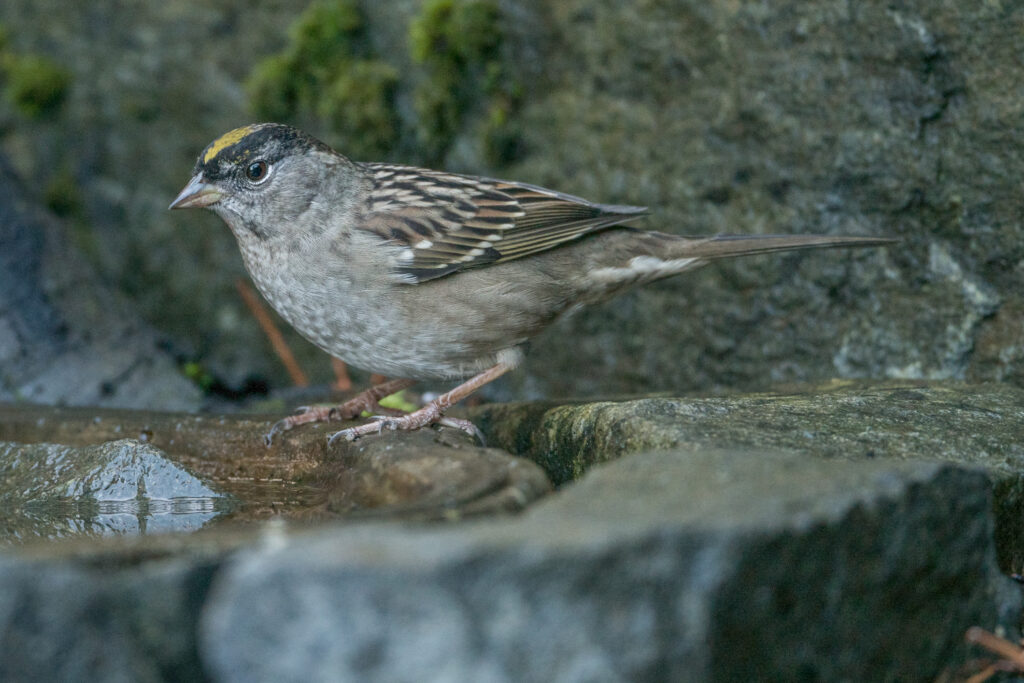
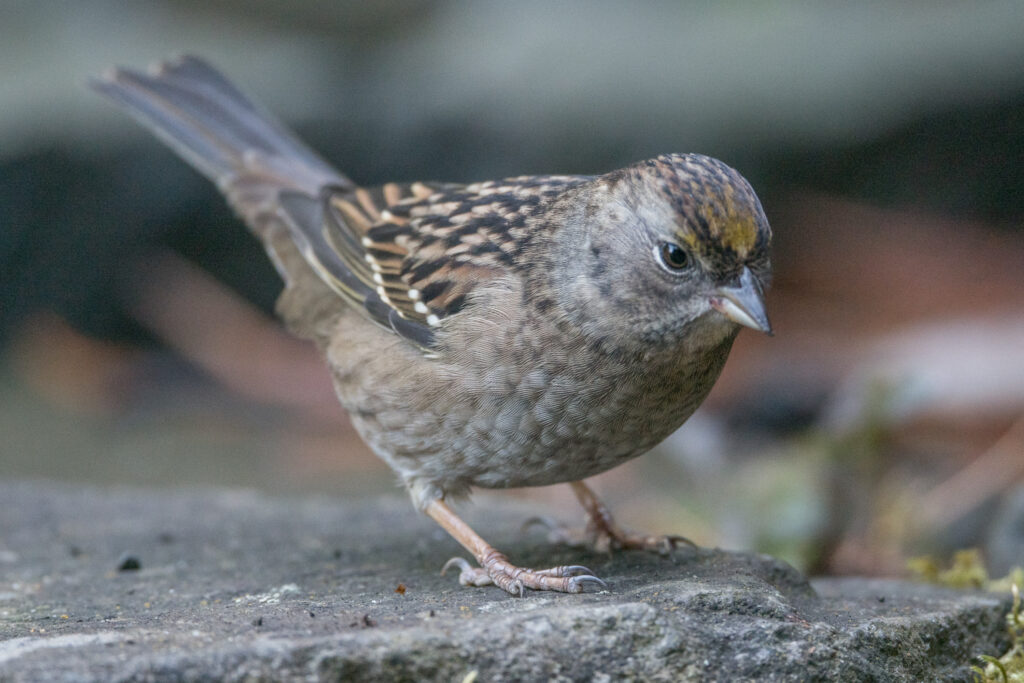
That afternoon, in a brief session in the yard I observed visits from a a Golden-crowned kinglet, which I photographed, and a Ruby-crowned kinglet which I was unable to photograph because it was driven from the watercourse by a squirrel.
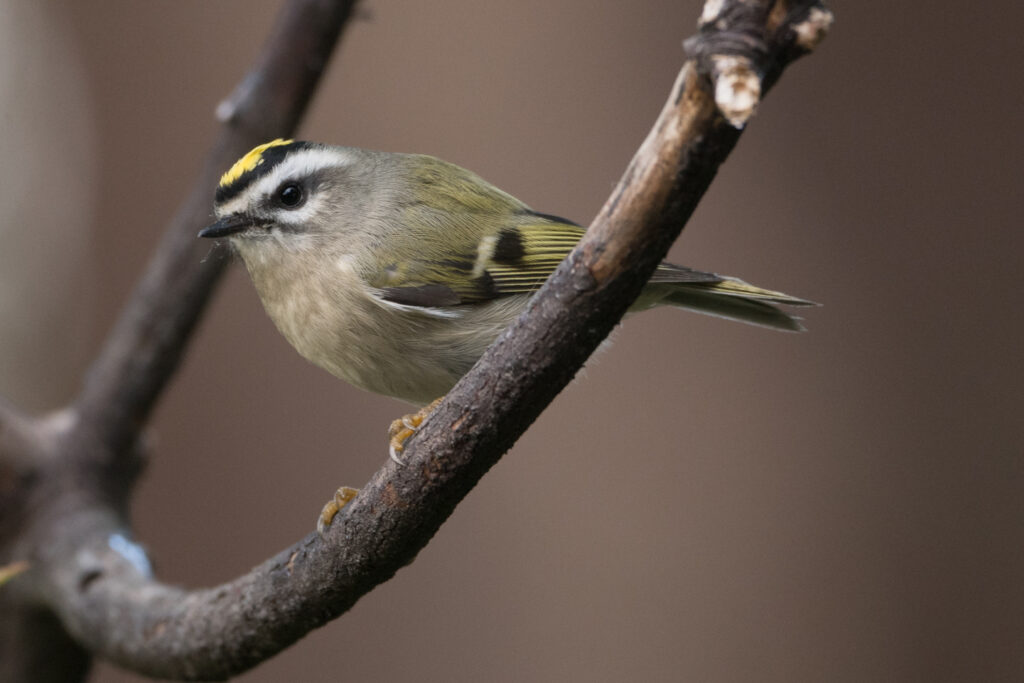
I was also able to obtain photos of a (female) Bushtit. Bushtits are fairly common, prolific visitors during the non-breeding season but difficult to photograph due to their size and activity level.
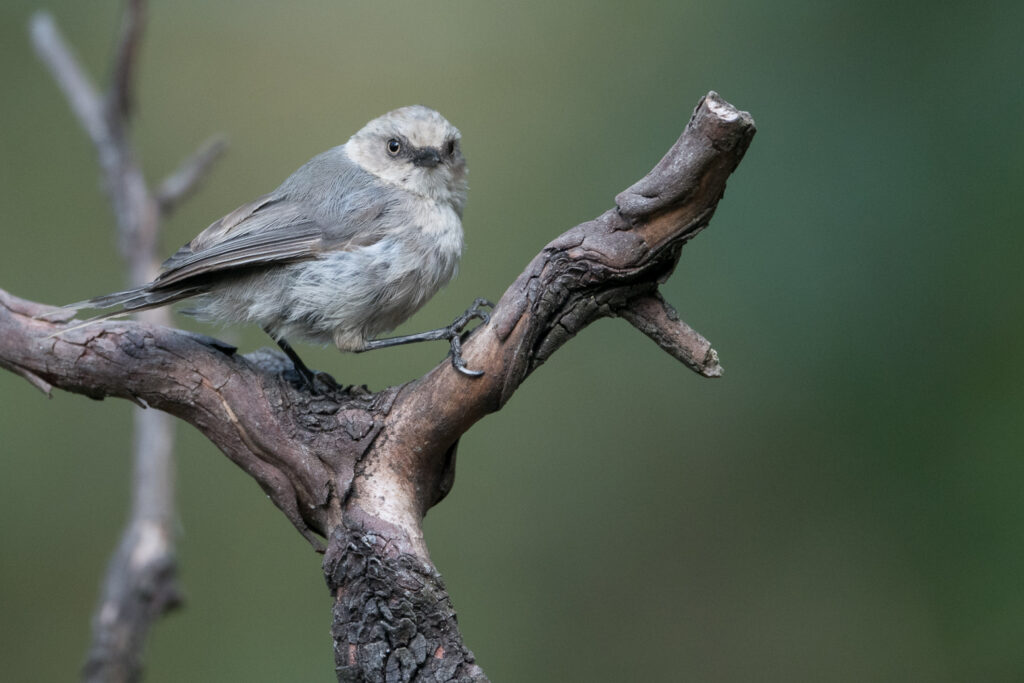
All things considered, it had been a very exciting and productive fall birding day. I had seen and photographed SEVEN sparrow species:
- Spotted towhee
- Dark-eyed (Oregon) junco
- House sparrow
- Song sparrow (first fall arrival 8/13/2023)
- White-crowned sparrow
- White-throated sparrow (first fall arrival)
- Golden-crowned sparrow (first fall arrival)

